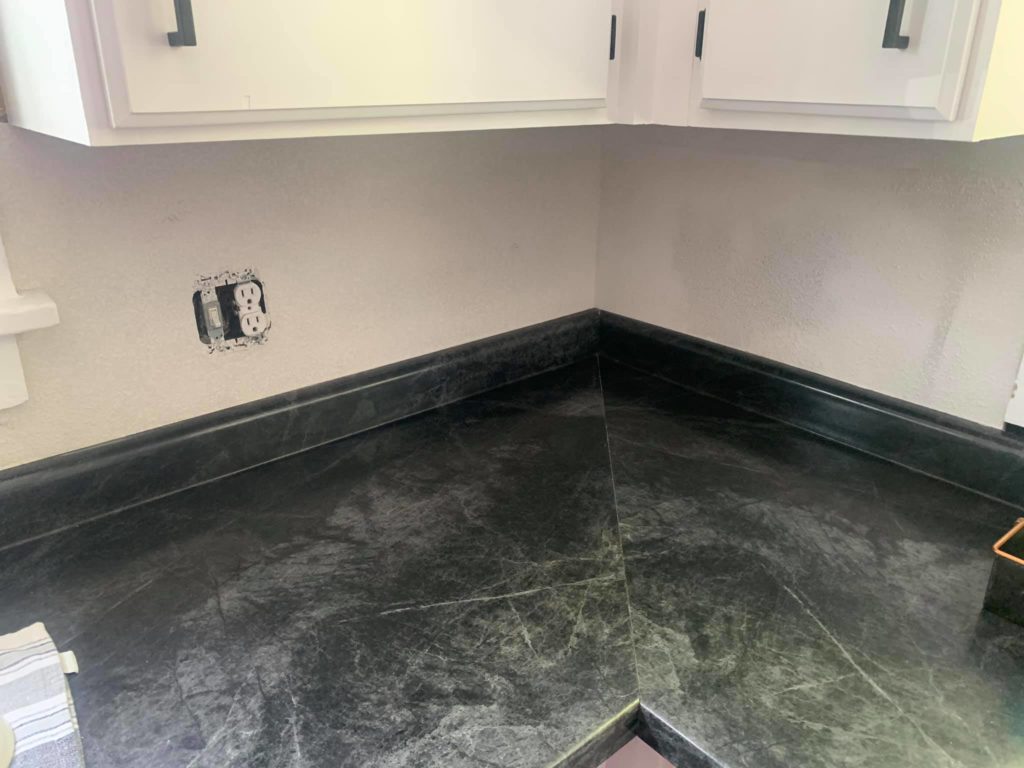Install Doors after Drywall
This article is an excerpt from the book called “Built-ins” by “Robert J Settich”. Install doors after drywall is a challenge which needs special assessment and the instructions below should help.
INSTALL THE DOORS, DRAWERS AND SHELVES
For a full discussion of the procedures for making doors, drawers, and shelves, please refer to the earlier chapters of the same names.
- For speed and economy, I made the drawers 12-mm(1/2-in.) Baltic birch plywood. A drawer-lock bit in a table-mounted router, is a no-nonsense approach to corner joinery. The procedure that begins on walks you through the installation of the no-slam slides.
- The large doors will see regular use, so I used the Leigh FMT jig, to make snug-fitting mortise and tenon joints.
- Some of the small doors simply conceal speakers, so they’ll be opened only occasionally. For these, I used the matched set of router bits , to make stub tenon joints.
- After all the doors were out of the clamps, I used a rabbeting bit on their backs so I could slip in the door panels. For the doors with the grill cloth inserts, make a pine frame to simplify the task of stapling the speaker cloth in place, as shown. Paint the frame black so it won’t peek through the fabric. As you stretch and fasten the fabric, make sure to keep the weave squared on the frame.
- You’ll find a thorough discussion of door installation procedures beginning, but there is a special detail worth mentioning here. I added Blum’s Blumotion to the hinges to ensure that the doors can’t slam. Installation is no-tool easy-simply clip the unit to the hinge arm.
- Install standards, then cut the shelves to size. One, you’ll see several ways of concealing raw plywood edges, but here’s one more. The router bit set in slices a V-groove in the plywood, and the complementary bit mills the solid edging. After routing, use your table saw to rip the banding to width. Glue it in place and trim the edges flush.
Installing some period-correct hardware reinforced the Arts and Crafts theme of this project. If you’re intimidated about installing the entertainment center’s sound and video components, it’s easy to get professional help. A skilled installer will be able to optimize your system, coaxing every bit of performance from your gear.
Install the Cabinets
- Set the center base cabinet into place, carefully aligning it. I planned the face frame to overhang the front of the footed base by 1/16-in. A sample of plastic laminate is a handy gauge to verify this reveal. Insert shims between the back of the cabinet and the wall, the screw it in place. Verify that this doesn’t move the cabinet.
- Stack the top center carcase in place and it check its alignment. Drive screws upward through the bottom cabinet to hold it in place, but don’t fasten it to the wall yet.
- Now you’ll turn your attention to the side cabinets. Where these meet the wall, I settled on a type of reverse reveal, in “The Reveal Assembly,” on the facing page. Install the finished assembly at each wall.
- Set one of the side cabinets into place, butting the back of the face –frame against the reveal assembly and the edge of its face-frame against the center cabinets. Check the reveal at the bottom of the cabinet as well for plumb. When you’re satisfied with the fit, run a strip of masking tape where the face-frame meets the center cabinets.
- Jockey the side cabinet far enough out of the way to mark a series of screws you’ll drive through the center cabinet into the edge of the face-frame of the side cabinet. Mark the centers of the holes 3/8 in. from the edge of the tape and drill pilot holes. Countersink the holes inside the center cabinets.
- Put the side cabinet back into position and drive the screws though the side of the center cabinet into the face-frame. Also drive screws through the side of the carcase to fasten it to the reveal assembly on the wall. Finally, put shims behind the back of the cabinet if necessary, and fasten the top rear of the cabinet to the studs.
Repeat this process for the other side cabinet, then fasten the top center cabinet to the wall. Add the face –frame to the top center cabinet with pocket hole screws.

